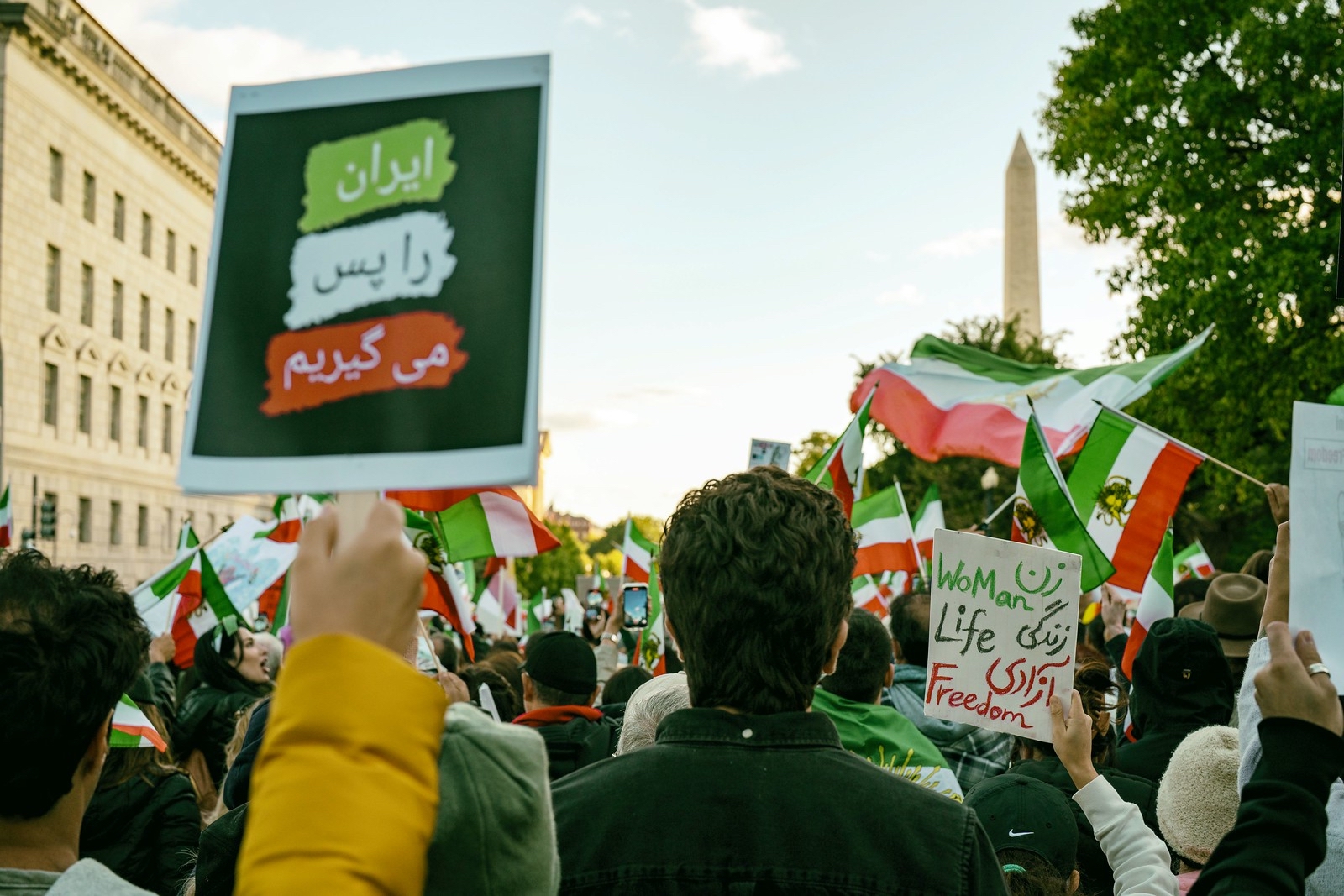
A Protest for the Thousands Executed by Iran’s Theocratic Regime
The first time I encountered a member of Iran’s main democratic opposition was in 1995, on a street in London. A man approached me with a large three-ring binder filled with photographs of women. He told me that every one of them had been executed by the Iranian regime. They were women who had dared to resist the mullahs’ dictatorship—and had paid for their defiance with their lives.
At the time, I was active in Women Against Fundamentalism in the UK, deeply concerned about the rise of Islamic fundamentalism and its violent suppression of women’s rights. But I hadn’t fully grasped the scope of the atrocities—especially the executions.
In the spring of 1996, I traveled to Paris and met more members of the Iranian opposition. I was struck by their resilience, their clarity, and their unwavering commitment to a free Iran. These women and men shared a vision rooted in democracy, civil liberties, and gender equality—values crushed under the rule of the theocratic regime born of the 1979 revolution.
The more I learned, the more I understood the regime’s ruthless obsession with wiping out any opposition to its rule, both at home and abroad. According to Human Rights Watch, thousands of political prisoners were hanged in a brutal campaign of mass executions in 1988. That legacy continues. Public executions remain a tactic of control and intimidation, a macabre instrument wielded to terrorize the population into silence.
This year, the United Nations Special Rapporteur on Iran reported more than 900 executions in 2024 alone. Iran now leads the world in the execution of women. Many of those executed were women’s rights activists, part of the “Woman, Life, Freedom” movement sparked by the death of Mahsa Amini—a young woman who died in police custody after being arrested for allegedly showing her hair.
Yet resistance persists, even within the walls of Iranian prisons. For 74 consecutive weeks, political prisoners across 47 facilities have staged “No Execution Tuesdays”—weekly hunger strikes protesting state executions and asserting their defiance in the face of repression.
The Iranian opposition movement has not only endured, but it has also exposed. Since 2002, the opposition has revealed key nuclear development sites through verified intelligence, warning the world about the regime’s clandestine ambitions. Most recently, on June 10, they disclosed new details of Tehran’s plan to accelerate its nuclear weapons program.
Just eleven days later, on June 21, the Iranian American Community of Virginia organized a powerful exhibit and protest on the lawn of the U.S. Capitol. They displayed photographs of 2,000 members of the Iranian opposition who were executed, including a section devoted to those killed just the week before. Many attendees were former political prisoners themselves. Others had family and friends still inside Iran, risking everything to demand change.
The United States and Israel have taken decisive steps to delay the regime’s nuclear advance and to target senior members of the Islamic Revolutionary Guard Corps. But dismantling facilities is not enough. As protestors at the Capitol warned, so long as the regime survives, it will retaliate—with fresh arrests, mass executions, and another cycle of repression.
Since 2006, the Iranian opposition outside of Iran has championed a vision for the country based on secularism, gender equality, universal suffrage, freedom of speech and assembly, and a non-nuclear future. That vision is not hypothetical—it is urgent.
The path forward must be a secular, democratic republic led by the Iranian people. And the democratic world must not look away. To remain silent now is to become complicit in what comes next.
